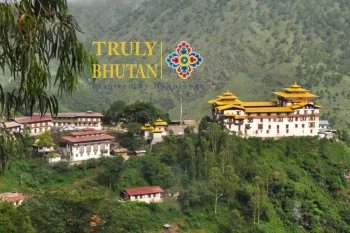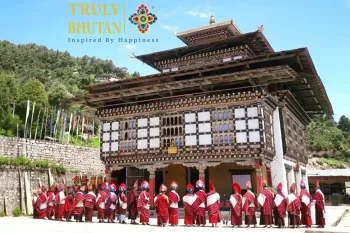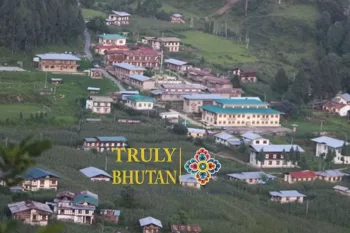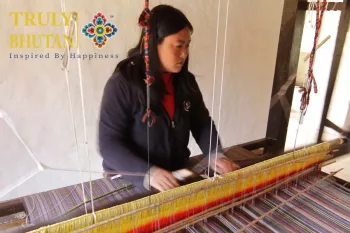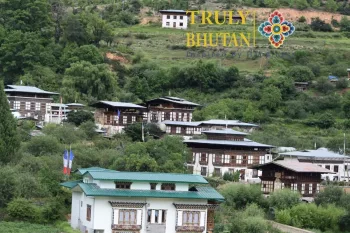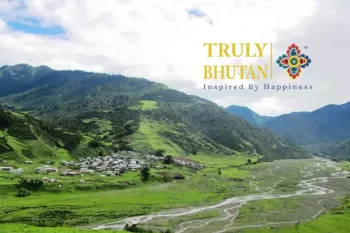Further east from Trashigang, driving north will take you to another commercial hub in Trashigang, the Rangjung town. This once sleepy town is today a major commercial center where people from five gewogs congregate and carry out brisk businesses. Besides the town, one can visit the Rangjung Woesel Choeling Monastery located on a small hillock overlooking the town. The temple built in the architectural style of the Tibetans has a monastic school supported by HH Garab Rinpoche.
Rangjung Woesel Choeling Monastery is established in Eastern Bhutan under the Trashigang district at Rangjung. His Eminence Dungsey Garab Dorje Rinpoche founded the monastery in the year 1989 with a few monks and nuns. The monastery aspires to maintain a conducive haven for the study of Buddha dharma as illustrated in the Dudjom New Treasure Lineage and carry out dharma tasks for the benefit of the Buddhist society in and elsewhere in the country. It includes a growing community with branches, monasteries, and retreat centers.
Rangjung Woesel Choeling Monastery finds its roots in the Gelong Gonpa, which was built by Rinpoche and H.H. Dungse Thinley Norbu Rinpoche. Gelong Gompa is established in a mountainous region, and it takes a day to arrive at it either on foot or on horseback.

